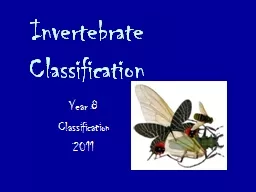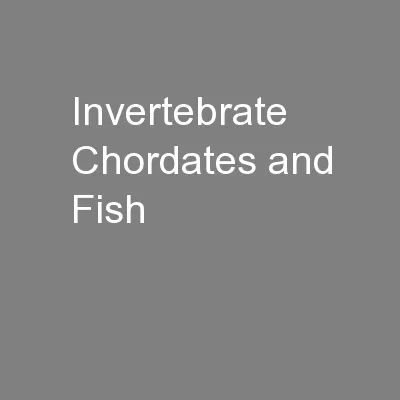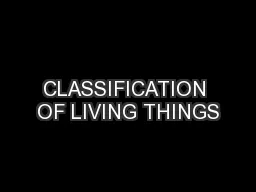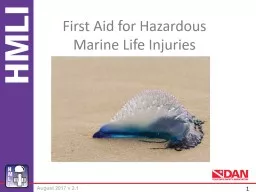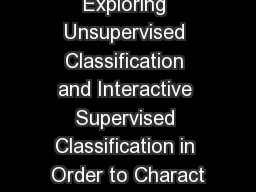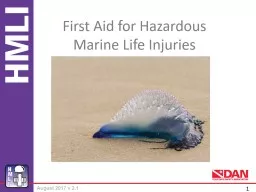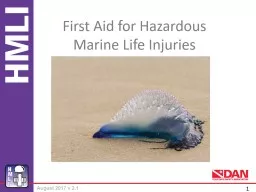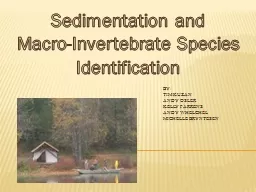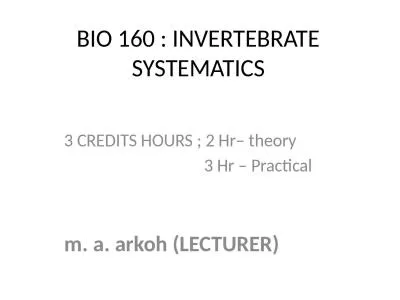PPT-Invertebrate Classification
Author : tawny-fly | Published Date : 2016-05-16
Year 7 Classification 2015 Quick Quiz How many kingdoms exist in the living world amp what are their names Name the classes the following animals would fit into
Presentation Embed Code
Download Presentation
Download Presentation The PPT/PDF document "Invertebrate Classification" is the property of its rightful owner. Permission is granted to download and print the materials on this website for personal, non-commercial use only, and to display it on your personal computer provided you do not modify the materials and that you retain all copyright notices contained in the materials. By downloading content from our website, you accept the terms of this agreement.
Invertebrate Classification: Transcript
Download Rules Of Document
"Invertebrate Classification"The content belongs to its owner. You may download and print it for personal use, without modification, and keep all copyright notices. By downloading, you agree to these terms.
Related Documents

